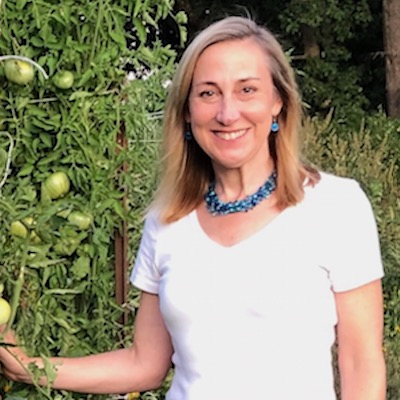
Caption
Sage is a useful herb that can be easily grown in your garden.
Subhead
Discover how to plant, grow, and harvest garden sage—an aromatic, easy-to-grow herb.
Read Next
Types
- ‘Berggarten’, a robust plant with very large silver-gray leaves
- ’Tricolor’ sage, for a bit of color in the garden (yellow, mauve, and sage green)
- ‘Icterina’ has green leaves with yellow edges

Gardening Products
Cooking Notes
A great way to incorporate the healing benefits of sage is “Sage Butter.” With two ingredients and 5 minutes, you have an amazing herbal butter that’s wonderful on sweet potatoes, chicken, tossed vegetables, fried eggs, toast, popcorn, and whatever you wish!
In the video below, herbalist Patty Sanders shows us how to make sage butter—and also talks all about the healing benefits of sage.
More Like This
Comments
A few months ago I planted three small sage plants near each other. One has grown exponentially, one is healthy but slow-growing, and one is dying. All are on the same watering schedule. any thoughts?
Are the leaves what you use in cooking?
I have a sage plant that looks old it was planted in a raised bed that I acquired. I trimmed it back earlier and now it's going nuts it's blossoming like crazy. But it's taking over the part of the bed it's in. Can I move it while it's blooming?
Unfortunately, this is a poor time to transplant sage. It's in bloom and the weather is warm. In general, sage can be a challenge to move because you can not easily dig up the plant; when you do, the soil falls off because the roots are woody. It's best to move the plant in small sections in early spring. Since your sage has spread too much, you could dig up part of it and discard it now, then wait until next spring and move new little plants that you may find or other small parts of the plant, which you can easily separate.
Thank you for answering my post. My plant is so well established I don't know how to take part of it LOL Thank you for your time.
I have a sage plant that is well established and large that I need to move. Will it transplant well?
- « Previous
- 1
- 2
- …
- 10
- Next »











Some thoughts . . . Sage can be picky about temperature. When you germinate seeds, temperatures need to be between 60 and 70 degrees. We're not sure where you live, but sage doesn't tolerate the middle of summer well. It's good that your sage has space. You want 18 to 20 inche bbetween sage and other plants for the roots to do well. Also, be sure not to overwater. Let the soil dry out between waterings.